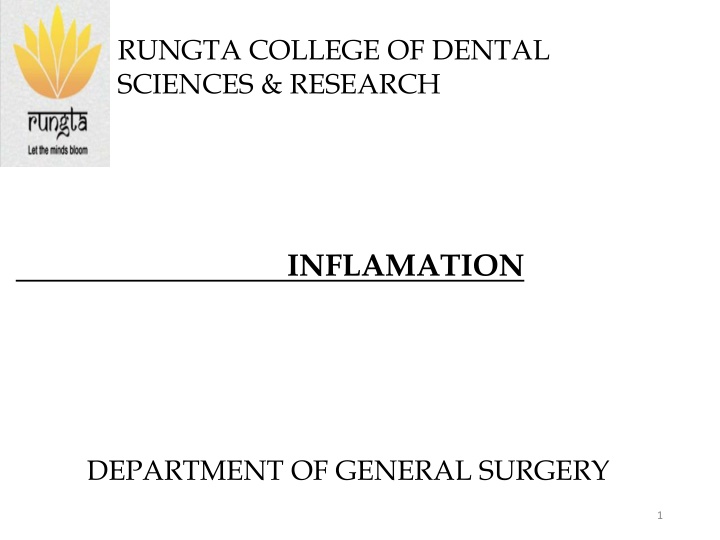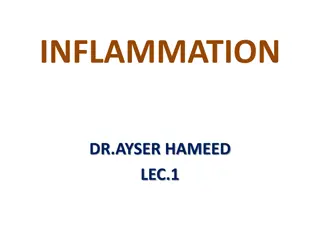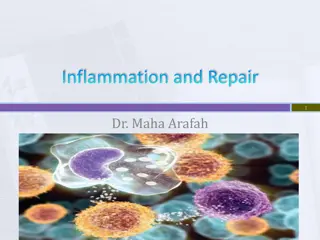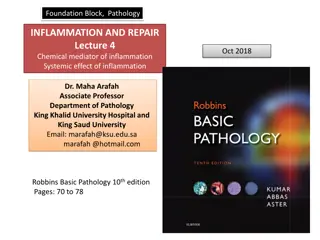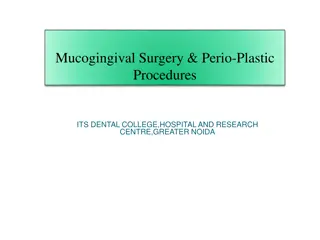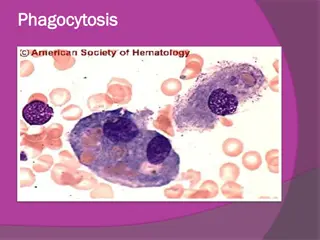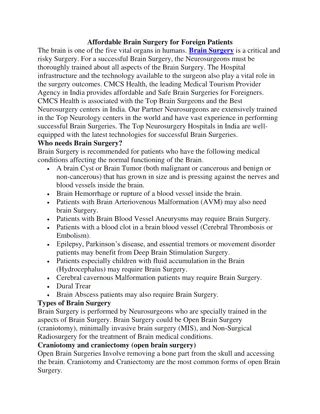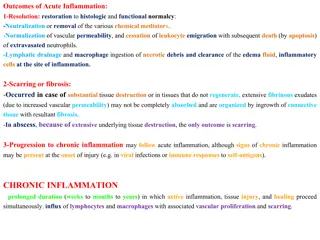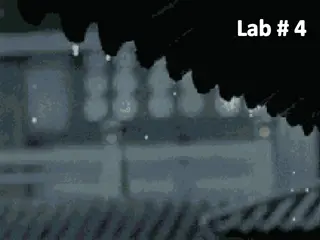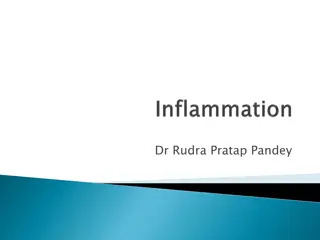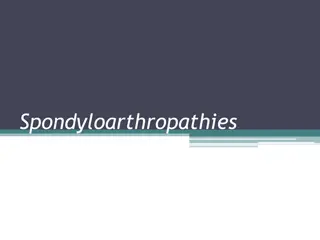Definition and Classification of Inflammation in General Surgery
Inflammation in general surgery involves the body's response to injury and infection, crucial for healing and defense. Learn about the types, causes, signs, and pathophysiology of inflammation.
Download Presentation

Please find below an Image/Link to download the presentation.
The content on the website is provided AS IS for your information and personal use only. It may not be sold, licensed, or shared on other websites without obtaining consent from the author.If you encounter any issues during the download, it is possible that the publisher has removed the file from their server.
You are allowed to download the files provided on this website for personal or commercial use, subject to the condition that they are used lawfully. All files are the property of their respective owners.
The content on the website is provided AS IS for your information and personal use only. It may not be sold, licensed, or shared on other websites without obtaining consent from the author.
E N D
Presentation Transcript
RUNGTA COLLEGE OF DENTAL SCIENCES & RESEARCH INFLAMATION DEPARTMENT OF GENERAL SURGERY 1
Specific learning Objectives At the end of this presentation the learner is expected to know ; Core areas* Domain ** Category # Cognitive Must Know Definition of Inflammation Cognitive Must Know Classification of Inflammation 2
Table of Content Definition of Inflammation Types Pathophysiology Morphology Systemic Effects 3
INFLAMMATION Definition- Inflammation is defined as the local response of the body to any injury due to any agent. Inflammation is part of the body's response to injury or infection, it is considered a mechanism of the immune system. Without inflammation, wounds and infections would never heal. It is a body defense reaction in order to 1-Eliminate or limit the spread of Injurious agent. 2-To remove the dead tissue and Debris from the area. 3-To repair the damaged part.
AGENT CAUSING INFLAMMATION 1.Physical agents- heat ,cold,radiation,trauma 2.Chemical agents-Organic and inorganic poison 3.Infective agents- Bactaria.viruses & their toxins 4.Immunological agents-cell mediated and anti- -gen-antibody reactions.
SIGNS OF INFLAMMATION Celsus named 4 cardinal signs of inflammation 1. rubor-(redness) 2. tumor-(swelling) 3. color-(heat) 4. dolor-(pain) 5.Virchow later added 5thsign--loss of function
TYPES OF INFLAMMATION Depending upon the defense capacity of host And duration of response,inflammation can be Classified as--*Acute *Chronic inflammation. Acute inflammation is of short duration with early body response usually followed by healing. Chronic inflammation is of longer duration and causative agent persist for long or it is too mild.
PATHOPHYSIOLOGY OF INFLAMMATION(ACUTE) Two events can be described- -Vascular event -Cellular event Vascular event- A.Haemodynamic changes- -Transient vasoconstriction followed by progressive vasodilatation. - Slowing of microcirculation and rise in local hydrostatic pressure. B. Altered vascular permiability-which result in exudation. Cellular event- A. Exudation leading to leucocyte extravasation B. Phagocytosis c. Cell derived mediators
Morphology of inflammation- Granulomatous inflammation: Characterised by the formation of granulomas .Examples- tuberculosis, leprosy, sarcoidosis, and syphilis. Fibrinous inflammation: Inflammation resulting in a large increase in vascular permeability allows fibrin to pass through the blood vessels. The deposit sometimes forms a pseudomembrane sheet. During inflammation of the intestine (Pseudomembranous colitis), pseudomembranous tubes can be formed. Purulent inflammation: Inflammation resulting in large amount of pus, which consists of neutrophils, dead cells, and fluid. Infection by pyogenic bacteria such as staphylococci is characteristic of this kind of inflammation. Large, localised collections of pus enclosed by surrounding tissues are called abscesses Serous inflammation: Characterised by the copious effusion of non-viscous serous fluid, commonly produced by mesothelial cells of serous membranes, but may be derived from blood plasma. Skin blisters exemplify this pattern of inflammation. Ulcerative inflammation: Inflammation occurring near an epithelium can result in the necrotic loss of tissue from the surface, exposing lower layers. The subsequent excavation in the epithelium is known as an ulcer.
SYSTEMATIC EFFECT OF INFLAMMATION 1.Fever 2.Leucocytosis 3.Lymphangitis and lymphadenitis 4.Shock (profuse vasodilatation,increased vascular permeability and volume loss) FATE OF ACUTE INFLAMMATION 1.Resolution 2.Suppuration 3.Chronic inflammation 4.Healing by scarring *********
REFERENCES SRBS BOOK OF GENERAL SURGERY A MANUAL ON CLINICAL SURGERY - S DAS MANIPAL MANUAL OF SURGERY - K RAJGOPAL SHENOY BAILEY AND LOVES SHORT PRACTICE OF SURGERY 11
Question & Answer Session You may ask your doubts related to the topic? 12
THANK YOU 13
